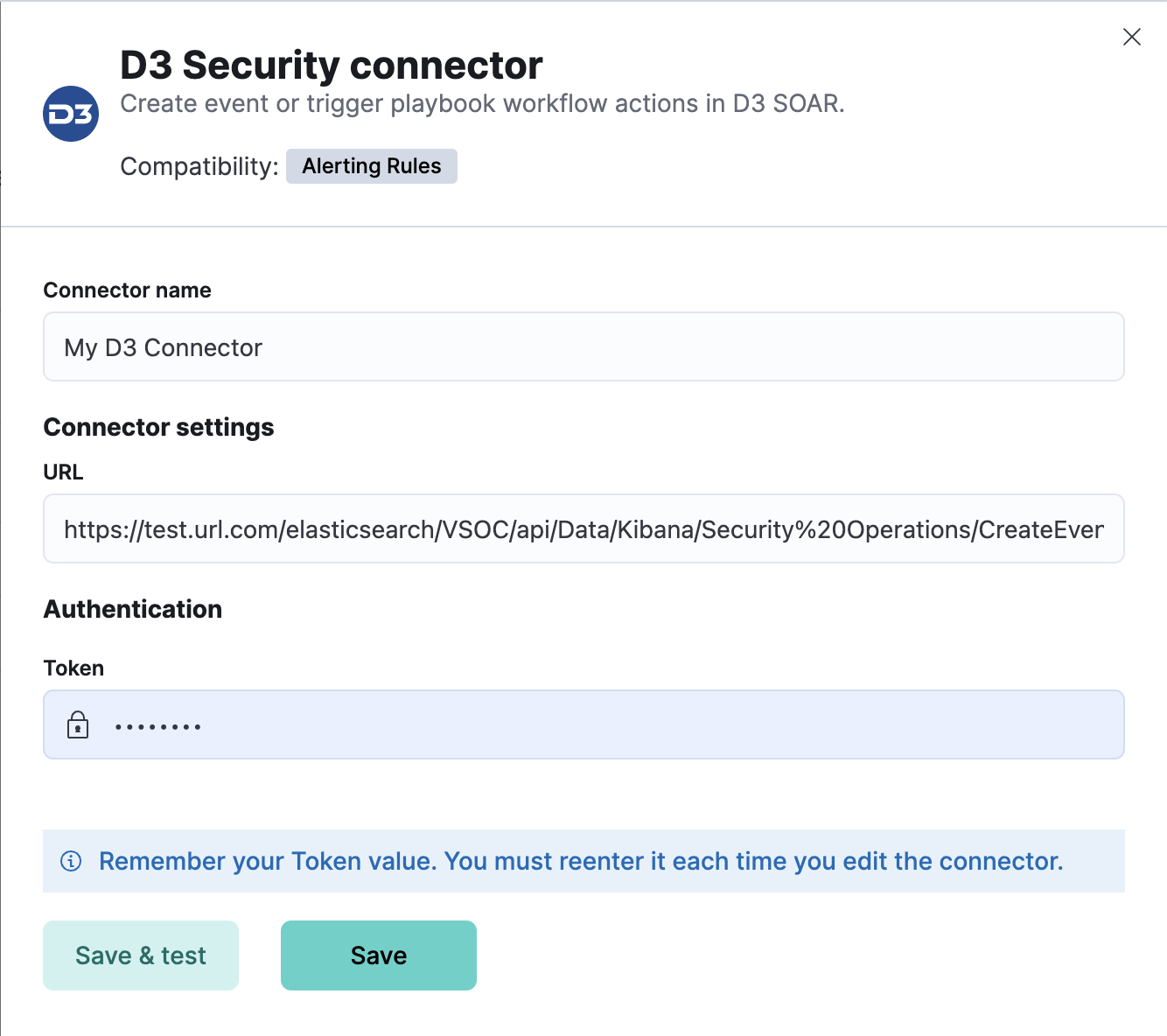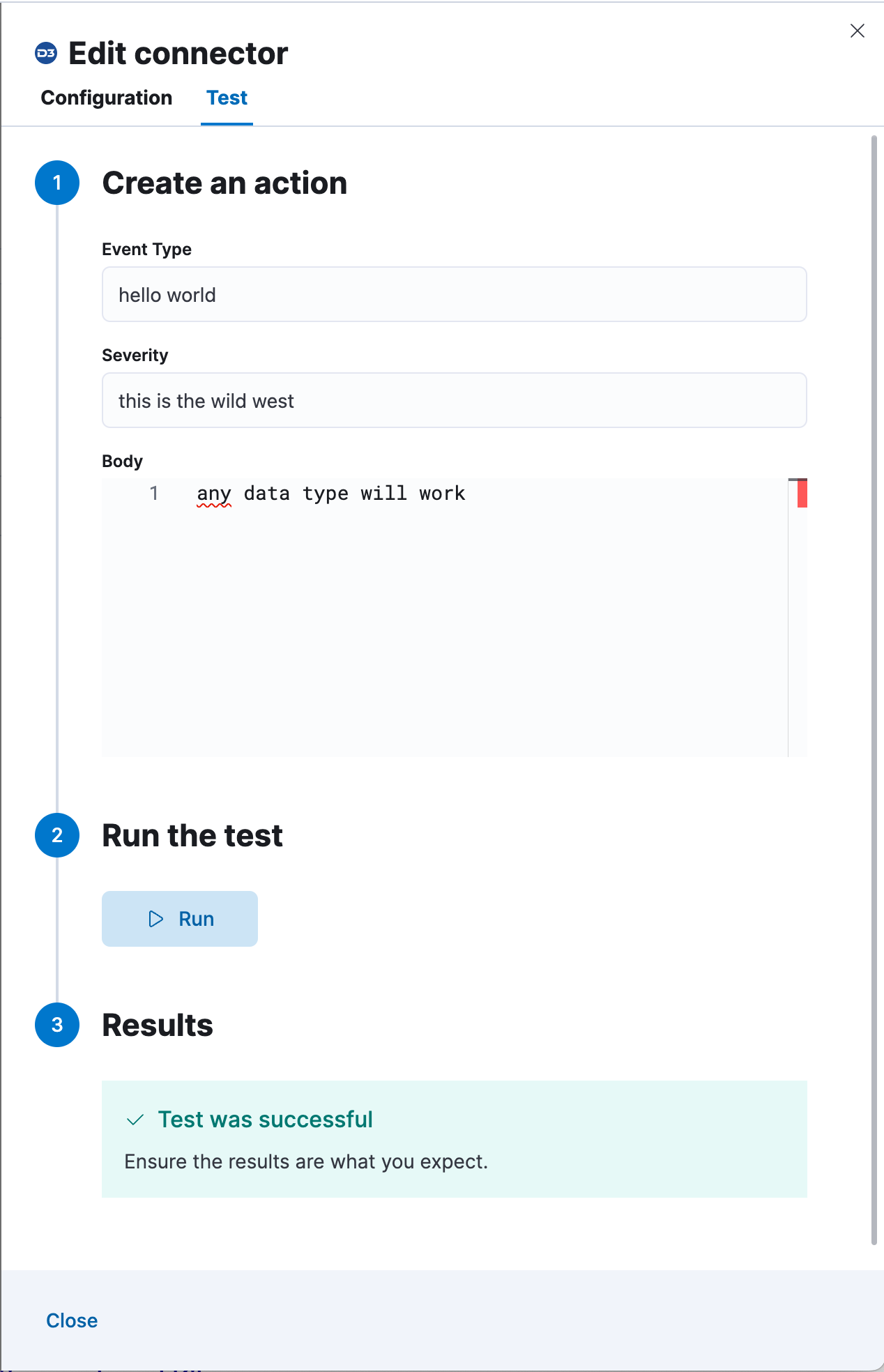- What is Kibana?
- What’s new in 8.10
- Kibana concepts
- Quick start
- Set up
- Install Kibana
- Configure Kibana
- Alerting and action settings
- APM settings
- Banners settings
- Cases settings
- Enterprise Search settings
- Fleet settings
- i18n settings
- Logging settings
- Logs settings
- Metrics settings
- Monitoring settings
- Reporting settings
- Search sessions settings
- Secure settings
- Security settings
- Spaces settings
- Task Manager settings
- Telemetry settings
- URL drilldown settings
- Start and stop Kibana
- Access Kibana
- Securing access to Kibana
- Add data
- Upgrade Kibana
- Configure security
- Configure reporting
- Configure logging
- Configure monitoring
- Command line tools
- Production considerations
- Discover
- Dashboard and visualizations
- Canvas
- Maps
- Build a map to compare metrics by country or region
- Track, visualize, and alert on assets in real time
- Map custom regions with reverse geocoding
- Heat map layer
- Tile layer
- Vector layer
- Plot big data
- Search geographic data
- Configure map settings
- Connect to Elastic Maps Service
- Import geospatial data
- Troubleshoot
- Reporting and sharing
- Machine learning
- Graph
- Alerting
- Observability
- APM
- Set up
- Get started
- How-to guides
- Configure APM agents with central config
- Control access to APM data
- Create an alert
- Create custom links
- Filter data
- Find transaction latency and failure correlations
- Identify deployment details for APM agents
- Integrate with machine learning
- Observe Lambda functions
- Query your data
- Storage Explorer
- Track deployments with annotations
- Users and privileges
- Settings
- REST API
- Troubleshooting
- Security
- Dev Tools
- Fleet
- Osquery
- Stack Monitoring
- Stack Management
- REST API
- Get features API
- Kibana spaces APIs
- Kibana role management APIs
- User session management APIs
- Saved objects APIs
- Data views API
- Index patterns APIs
- Alerting APIs
- Action and connector APIs
- Cases APIs
- Add comment
- Create case
- Delete cases
- Delete comments
- Find case activity
- Find cases
- Find connectors
- Get alerts
- Get case activity
- Get case
- Get case status
- Get cases by alert
- Get comments
- Get configuration
- Get reporters
- Get tags
- Push case
- Set configuration
- Update cases
- Update comment
- Update configuration
- Import and export dashboard APIs
- Logstash configuration management APIs
- Machine learning APIs
- Osquery manager API
- Short URLs APIs
- Get Task Manager health
- Upgrade assistant APIs
- Kibana plugins
- Troubleshooting
- Accessibility
- Release notes
- Kibana 8.9.2
- Kibana 8.9.1
- Kibana 8.9.0
- Kibana 8.8.2
- Kibana 8.8.1
- Kibana 8.8.0
- Kibana 8.7.1
- Kibana 8.7.0
- Kibana 8.6.1
- Kibana 8.6.0
- Kibana 8.5.2
- Kibana 8.5.1
- Kibana 8.5.0
- Kibana 8.4.3
- Kibana 8.4.2
- Kibana 8.4.1
- Kibana 8.4.0
- Kibana 8.3.3
- Kibana 8.3.2
- Kibana 8.3.1
- Kibana 8.3.0
- Kibana 8.2.3
- Kibana 8.2.2
- Kibana 8.2.1
- Kibana 8.2.0
- Kibana 8.1.3
- Kibana 8.1.2
- Kibana 8.1.1
- Kibana 8.1.0
- Kibana 8.0.0
- Kibana 8.0.0-rc2
- Kibana 8.0.0-rc1
- Kibana 8.0.0-beta1
- Kibana 8.0.0-alpha2
- Kibana 8.0.0-alpha1
- Developer guide
D3 Security connector and actionedit
The D3 Security connector uses axios to send a POST request to a D3 Security endpoint. The connector uses the run connector API to send the request. You can use the connector for rule actions.
Prerequisitesedit
To use a D3 Security connector, you must first configure a webhook key in your D3 SOAR environment. To generate an API URL and a token in D3 Security: 1. Log in to your D3 SOAR environment. 2. Navigate to Configuration. 3. Navigate to Integration > Search for “Kibana”. Click “Fetch Event”. 4. Select the "Enable Webhook" checkbox. 5. Click Set up Webhook Keys. 6. Under Event Ingestion, Click +. Select the site for the webhook integration, then click Generate. 7. Copy the Request URL and Request Header Value to configure the Kibana connector
Create connectors in Kibanaedit
You can create connectors in Stack Management > Connectors. For example:

Connector configurationedit
D3 Security connectors have the following configuration properties:
- Name
- The name of the connector.
- URL
- The D3 Security API request URL.
- Token
- The D3 Security token
Create preconfigured connectorsedit
If you are running Kibana on-prem, you can define connectors by
adding xpack.actions.preconfigured settings to your kibana.yml file.
For example:
xpack.actions.preconfigured: my-d3security: name: preconfigured-d3security-connector-type actionTypeId: .d3security config: url: https://testurl.com/elasticsearch/VSOC/api/Data/Kibana/Security%20Operations/CreateEvents secrets: token: superlongtoken
Config defines information for the connector type.
-
url - A URL string that corresponds to the D3 Security API URL.
Secrets defines sensitive information for the connector type.
-
token - A string that corresponds to D3 Security API Token.
Test connectorsedit
You can test connectors with the run connector API or as you’re creating or editing the connector in Kibana. For example:

The D3 Security actions have the following configuration properties.
- Body
-
A typeless payload sent to the D3 Security API URL. For example:
this can be any type, it is not validated
Connector networking configurationedit
Use the Action configuration settings to customize connector networking configurations, such as proxies, certificates, or TLS settings. You can set configurations that apply to all your connectors or use xpack.actions.customHostSettings to set per-host configurations.